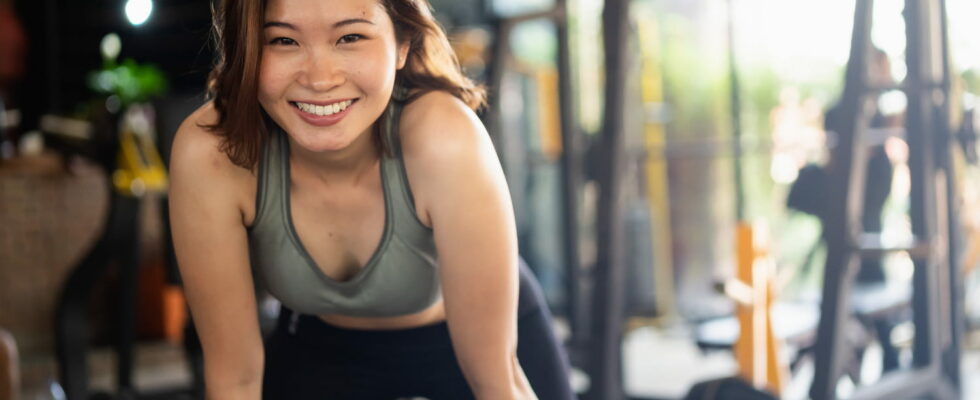Not all muscles in the body are in the same boat. “They can be classified into two main categories: voluntary muscles and involuntary muscles, explains Dr. Anna Jirot, sports doctor at SMR La Lande Rehabilitation in Annesse-et-Beaulieu (24). These categories are based on the control we have over these muscles.” Voluntary muscles are those that we can consciously control. They are also called “skeletal muscles” because they are attached to bones via tendons and are responsible for skeletal movements. “Involuntary muscles, on the other hand, are not under our conscious control and function automatically to maintain vital body functions.” For example, the muscles of the stomach, intestines, blood vessels, urinary tract and of course the heart muscle.
Muscle mass represents the total amount of muscle in the body. “Along with bone tissue, it is part of lean mass which allows movement, stability, posture and several metabolic functions,” continues Dr. Jirot. “But from the age of 25, muscle mass begins to decrease. Hence the importance of regular and appropriate physical activity.” This will help preserve muscle strength, mobility, balance and quality of life as we age, reducing the risk of sarcopenia (age-related loss of muscle mass).
If certain physical activities such as Pilate or yoga can allow you to work on flexibility or strengthen the deep muscles (also called stabilizing muscles or postural muscles), others will work more on the cardiovascular aspect in order to improve the endurance. “This is the case, for example, with running, cycling, brisk walking or swimming.” For more complete muscular work, the doctor recommends crossfit or cross training. “These are forms of intensive training that work a wide variety of muscle groups (upper body, lower body and core). They are designed to improve strength, endurance, power and overall fitness using a combination of functional exercises.”
“It burns maximum calories”
In terms of exercise, one specifically allows you to work the most muscles: the muscles of the lower limbs (quadriceps, hamstrings, glutes, calves), the muscles of the trunk (abs, lumbar), the muscles of the upper limbs (pectorals, deltoids, triceps) and the forearm muscles if the push-up phase is performed. This is burpees. “Each phase – squat, plank/sheathingpush-up and jump – affects a different muscle group, recognizes the coach. This is why burpees are a complete exercise and why they are often used in fitness, especially during HIIT (High-Intensity Interval Training) sessions, because they are effective for burning as many calories as possible and working on cardio!” Given its difficulty, it is possible to do it in several versions: beginner, intermediate and advanced. “I advise my clients to do a no-impact burpee if they are a beginner; that is to say, start with a squat, lower into a core position, raise one leg after the other in a squat, straighten the legs then repeat movement !”. At level 2 (intermediate), the coach suggests starting with the squat, going down to a plank position then raising one leg after the other in a squat then doing a jump with both arms in the air and starting the movement again! Finally, in level 3 (advanced) “start with the squat, go down to a plank position (do 1 push-up for the most advanced), get back up on both legs, jump into a squat position, then do a jump with your hands in the air and start the movement again.”
Remember that it is important to start gradually and then increase the intensity. “We must not neglect the risk of injury (muscle damage or tendinopathy) which would require stopping physical activity.” Finally, the notion of pleasure must also be taken into account. “If we want to maintain the practice of physical activity over time, it is important to choose an activity that we enjoy.”
